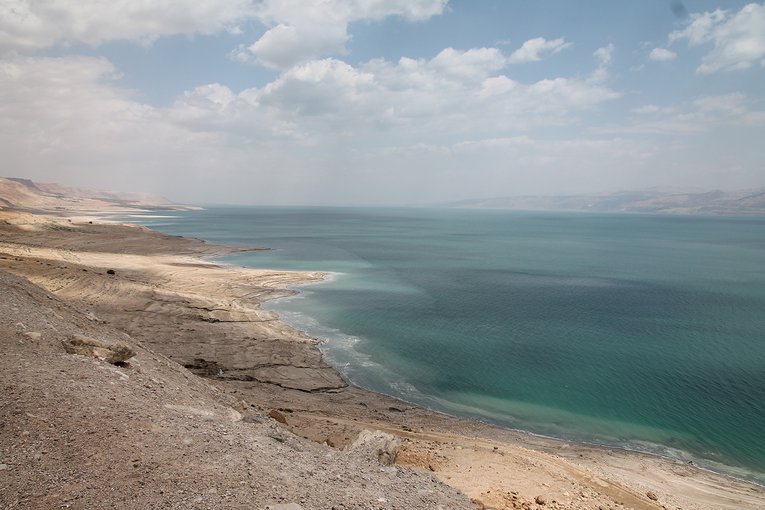
July 8, 2019
Research Highlight
Genomes Reported for Two Extreme Halophiles

One species of Archaea from the study, Haloarcula marismortui, originated from the Dead Sea.Image credit: A. Gronstal.
Scientists have reported the genomes of two species of extremely halophilic Archaea. Haloarcula marismortui was isolated from the Dead Sea, while Haloferax mediterranei was isolated from a Spanish saltern. These two halophilic Archaea (Haloarchaea) species are able to survive in a number of conditions that are considered extreme for life on Earth, including saturated salinity, desiccation, high levels of solar radiation, and the presence of high numbers of toxic ions.
Sequences were obtained using single-molecule real-time sequencing, and are available in GenBank and HaloWeb. Raw data are available in the NCBI Sequence Read Archive with the accession numbers SRR8914802, SRR8914803, SRR8985819, and SRR8985820.
The study, “Methylomes of Two Extremely Halophilic Archaea Species, Haloarcula marismortui and Haloferax mediterranei,” was published in the journal Microbiology Resource Announcements. The work was supported by NASA Astrobiology through the Exobiology Program.